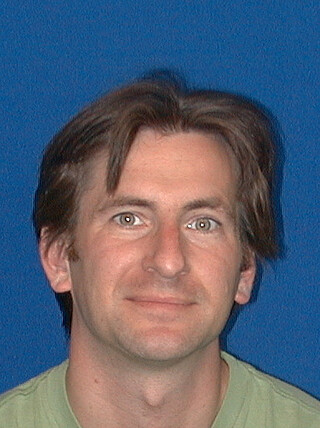Eric Steinbring: Global Extinction: Can We See Long-Term Atmospheric Changes within the GMOS Imaging Archive?
Thursday, 02 February 2023 2 p.m. — 3 p.m. MST
Your time:

Gemini North Hilo Base Facility | 670 N A’ohoku Place Hilo, Hawaii, 96720, USA

Our changing climate prompts investigation into attendant long-term deterioration in optical atmospheric transparency. I will talk about my recent study using effectively the whole archive of Gemini North and South Sloan r' science imaging from the twin Multi-Object Spectrographs (GMOSs: the most popular instrument on each telescope) which dates back to 2003, providing a uniform record of nearly one million photometric samples. These were compared to the all-sky Gaia catalogue, combining reported sky and meteorogical conditions, and versus a simple model of the atmosphere plus cloud together with simulated throughputs. After accounting for volcanic episodes (one exceptionally extincted episode in 2009 is seen) there appears to be a trend (similar at both sites) of about 2 mmag worsening attenuation per decade. Although a small effect, that is consistent with solar-radiance transmissivity records going back over six decades, aerosol density measurements, and more than 0.2 C/decade rise in global air temperature. This seems to be slowly "extincting" the sensitivity of Gemini (and presumably all other optical/near-infrared facilities worldwide) which has implications for calibration of historic datasets and future surveys.
For Zoom connection information, please contact Emanuele Paolo Farina (emanuele.farina_at_noirlab.edu).
Back to Gemini north talks.